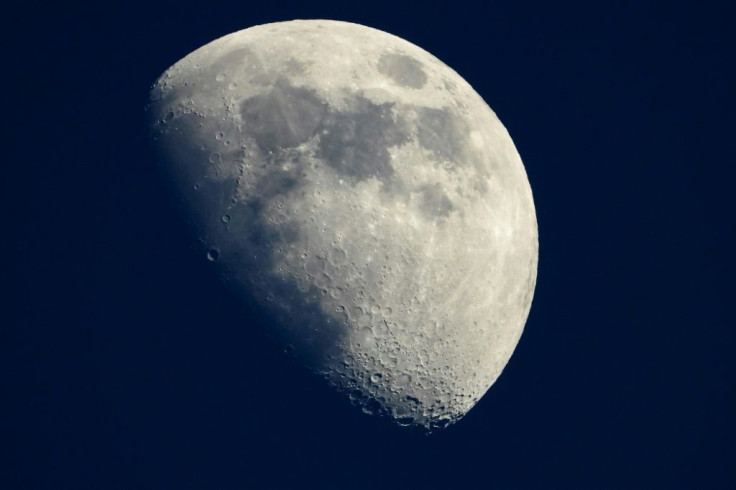NASA Finalizes Lunar Science Payload To Prepare Ground For Manned Missions

KEY POINTS
- The first commercial deliveries to the Moon will take place in 2021
- The deliveries include 16 science experiments and technology demonstrations
- NASA is planning to make two deliveries per year starting 2021
- The deliveries to the Moon will help advance the Artemis program
Ahead of sending astronauts to the Moon in 2024, which comes after a hiatus of several decades to the agency's manned lunar program, NASA is sending science experiments and technology demonstrations. These will help the agency better understand the Earth's nearest neighbor and advance the Artemis program.
The first deliveries to the Moon will take place in 2021 and more will follow after. NASA intends to send about two payload deliveries to the lunar surface per year.
First Commercial Deliveries To The Moon
NASA has finalized the first 16 science experiments and technology demonstrations that will be sent to the lunar surface along with the first two lander deliveries of the Commercial Lunar Payload Services (CLPS) initiative. Both Astrobotic, which will launch the Peregrine lander on a United Launch Alliance rocket, and Intuitive Machines, which will launch the Nova-C lander on a SpaceX Falcon rocket, are targeted to touch down on the lunar surface next year. For these first deliveries, Astrobotic lander will carry 11 payloads while Intuitive Machines lander will carry five.
The payloads are about the size of a shoebox each, with masses that range from two to 33 pounds.
“We've finished the work of assigning science and technology payloads to each of the initial CLPS deliveries,” CLPS project manager Chris Culbert said. “This step allows our commercial partners to complete the important technical integration work necessary to fly the payloads and brings us a step closer to launching and landing the investigations that will help us better understand the Moon ahead of sending the first woman and next man to the Moon.”
Sending Humans To The Moon
"These deliveries will help pave the way for sending the first woman and the next man to the lunar surface by 2024,” NASA noted.
For instance, the Astrobotic lander will carry the Mass Spectrometer Observing Lunar Operations (MSolo), which will help determine the composition and concentration of potentially accessible resources, while the Intuitive Machines lander will carry the CubeSat sized Lunar Node 1 Navigation Demonstrator, which will demonstrate autonomous navigation for future operations.
Future payloads under the CLPS will include rovers, power sources, and other science experiments. Together, these experiments and demonstrations will help the agency prepare for the Artemis program's mission of sending astronauts to the Moon and eventually to Mars by the mid-2030s.
© Copyright IBTimes 2025. All rights reserved.






















